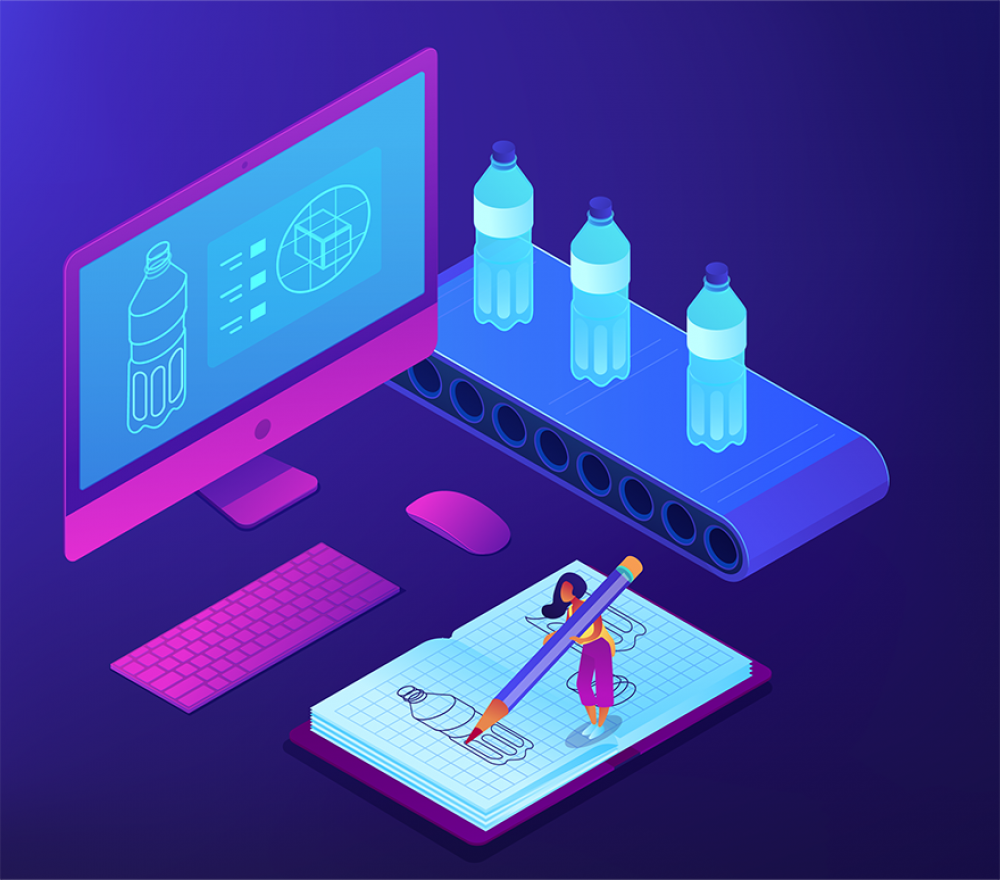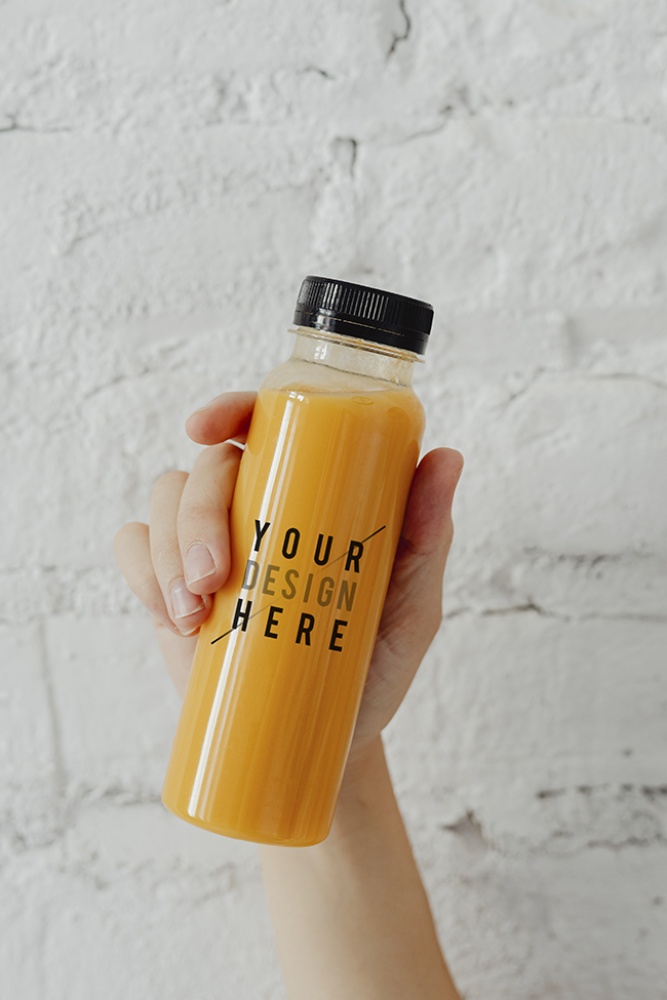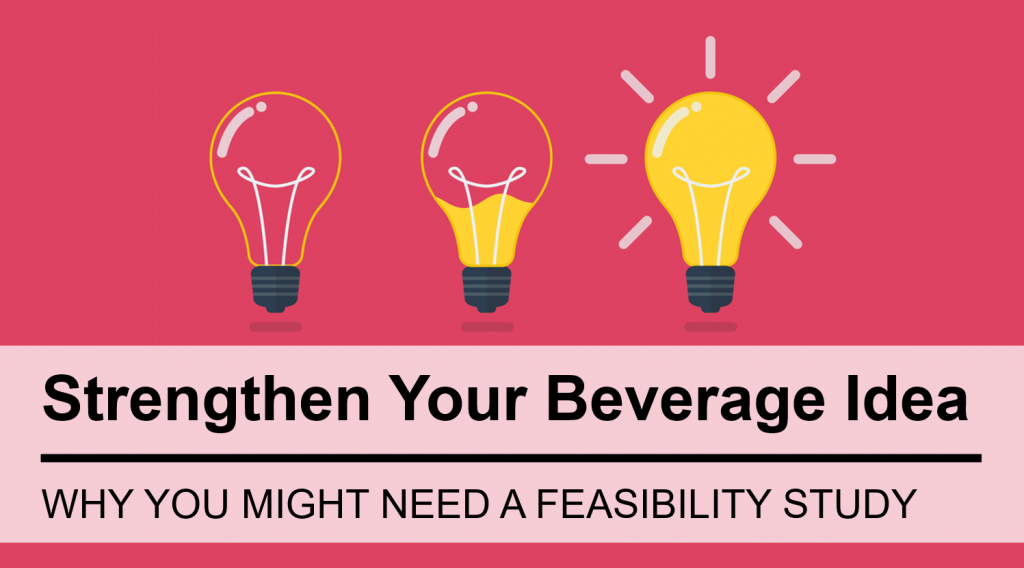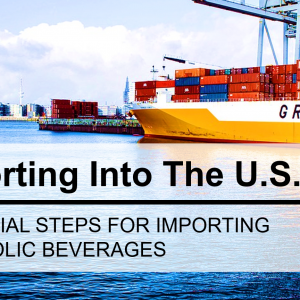“Most of the world will make decisions by either guessing or using their gut. They will be either lucky or wrong.” – Suhail Doshi, Chief Executive Officer, Mixpanel
There’s nothing more exciting than coming up with a truly innovative idea. You might have a new ingredient that meets customers’ needs like nothing else on the market, or a novel packaging solution that will stand out on the shelves. You may have an idea that will disrupt the industry, creating a whole new category of beverages.
Once you’ve envisioned your product and its potential, it’s tempting to want to jump right in to make it happen. While speed to market is important, some risks come with moving forward without validation that your idea is ready for commercial production. Sure, you can get lucky, but luck in the beverage industry usually looks like a lot of costly trial and error.
One way to mitigate the cost of an innovative idea going wrong is investing in a feasibility study.
Designing within Constraints
The beverage industry is no stranger to innovation, but it’s about creativity within constraints. The manufacturing, supply chain, and regulatory side of the business are complex. While there is room to stretch some boundaries, there are other elements that will remain fixed. If your beverage idea doesn’t account for those constraints and potential obstacles, you are likely to hit a roadblock that can add unexpected delays and costs or halt your project altogether. One of the best ways to test your idea is to run a feasibility study.
Answering the Big Question
A feasibility study objectively looks at a beverage’s potential for successful production, given the project’s goals and budget. It helps answer the question, “Can we successfully produce this beverage as we have designed it?” Getting an answer to this question before investing in production can save time, money, stress, and the potential disappointment that comes with sinking valuable resources into the wrong beverage idea.
A feasibility study helps beverage innovators map out the path from idea to production while pointing out potential issues or problems. It’s a journey best guided by industry experts with the knowledge and insights necessary to translate a beverage vision into an operational road map. Behind every great feasibility study is a wealth of beverage experience expressed through models, scenarios, and analysis.
Drawing Out the Details 
The first phase of a feasibility study involves digging deep into the vision for the beverage. This requires asking layers of questions in the right order to help complete the picture of what it will take to bring the product from start to finish.
Getting the details needed to determine feasibility means digging into everything from product type, liquid composition, claims, certifications validation, and desired shelf life. Primary and secondary packaging considerations and initial run size will come into play when laying out the opportunities and obstacles for a beverage as it moves to commercial production. The feasibility study can also help factor in things like your distribution locations and any preferred contract packers.
Filling in the Gaps
After the detailed vision is cast, it’s time to start walking through and more clearly defining the production process from “raw materials in” through processing and packaging and storage to “finished goods out.” At each step, research and insights uncover the knowns and unknowns, expose potential areas of risk, and reveal viable options.
The team conducting the feasibility study will use their knowledge of the process along with research, including conversations with potential production partners and suppliers, to determine which solutions are available, which could be designed, and what potential costs are associated with each option.
From Hypothetical to Empirical
The idea behind the feasibility study is to move your beverage idea from a hypothetical scenario into the real world of formulation, sourcing, manufacturing, and certification. The goal is to uncover assumptions that are implied in the idea and prove or disprove them with data, rather than opinions or speculation. Examples of questions that are explored during a feasibility study are:
- Can the ingredients and packaging be sourced at a commercial scale?
- Will the proposed product require a certain processing method?
- At a commercial scale, can we anticipate any issues with solubility or stability of an ingredient?
- Is the preferred packaging viable for the liquid and manufacturing requirements?
- How likely is it that an idea will be able to meet the requirements for specifications such as GRAS, Whole Foods Compliance, Kosher, Organic, etc.
- How many co-packers have the capacity to produce the product?
Drawing Conclusions
 At the end of the feasibility study, a conclusion will be made as to whether or not the project scope as written is commercially feasible or not. In addition, the study will highlight any factors that are limiting opportunities for success on a commercial scale, as well as recommended changes to make the project feasible on a commercial scale.
At the end of the feasibility study, a conclusion will be made as to whether or not the project scope as written is commercially feasible or not. In addition, the study will highlight any factors that are limiting opportunities for success on a commercial scale, as well as recommended changes to make the project feasible on a commercial scale.
If too many potential issues are raised, the beverage idea may need to be reconsidered, but often the feasibility study opens doors to adjustments that make for a stronger product that is more likely to be successful on a commercial scale.
A feasibility study is a valuable tool to help move a beverage idea forward with focus, by narrowing down the number of alternatives to consider. With the data and insights from a feasibility study, a beverage entrepreneur can identify a reason to continue on the path they started or to pivot to a new route that may require a little less luck.
This article was originally posted on our parent company, BevSource’s blog here.


